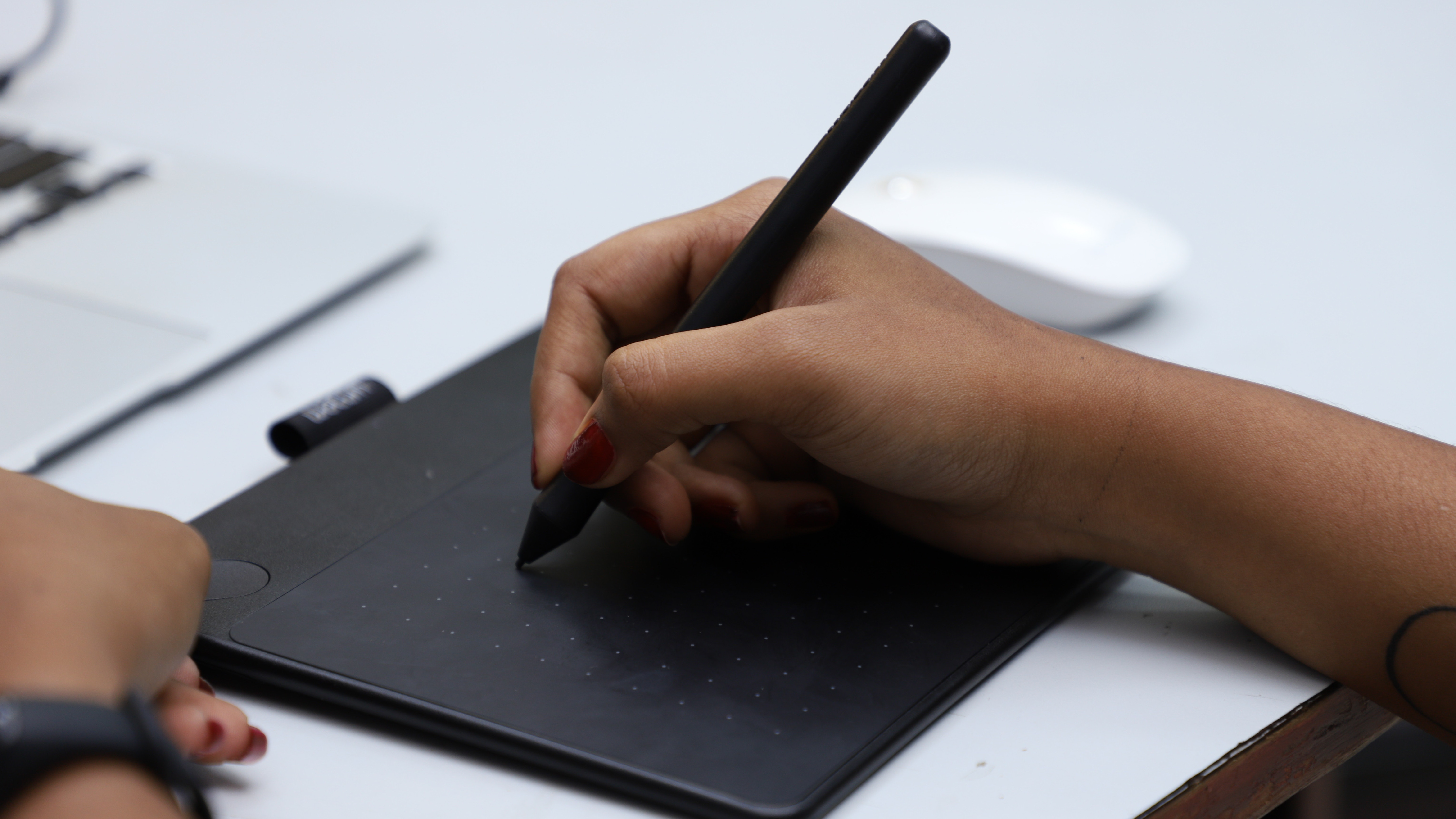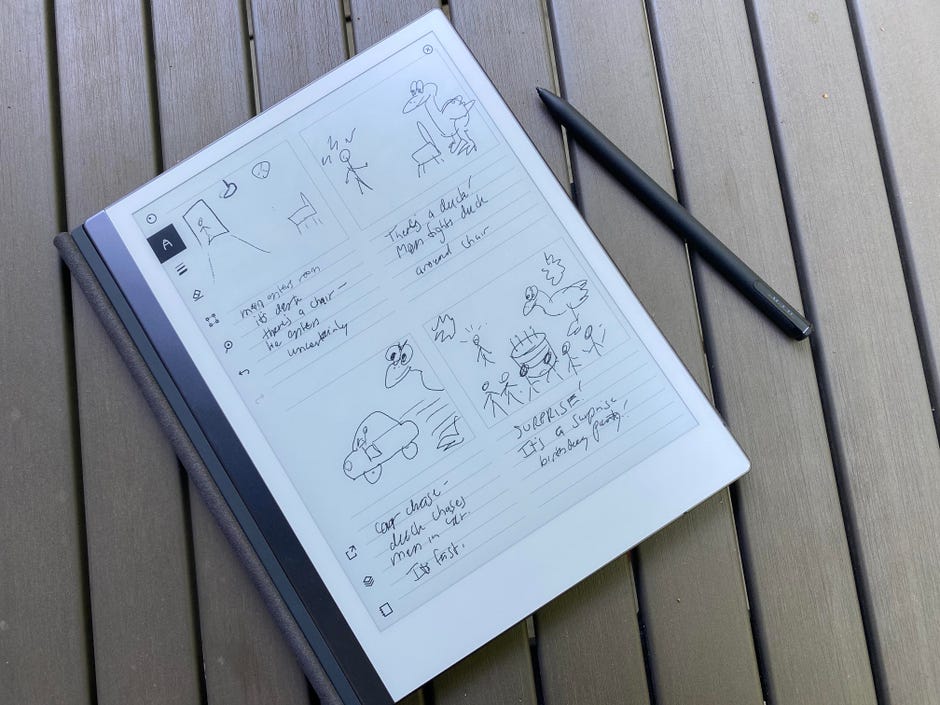

But typing up notes and organizing them digitally has replaced this for many people. Studies show that hand writing notes reinforces the learning experience.

Our pioneering pen technology makes using these devices feel completely comfortable and natural. Wacom products are suitable for adding handwritten notes to digital papers and essays, including PDF, Microsoft Word and PowerPoint presentations, or taking notes.
#NOTE TAKING SOFTWARE FOR DRAWING TABLET ANDROID#
They work with any PC or Mac, and some of them even with certain Android devices. Wacom’s intuitive pens tablets & displays are designed for everyone to use easily. Wacom writing tablets for PCs and writing pads for laptops When the meeting is over, you’ll have a graphic, easy-to-follow reminder of what has been agreed and action points that need to be taken. Try to use larger paper for this task so you don’t run out of space. If items are related, they can then be connected by different lines. Place each topic at the center of its own page, drawing branches outwards depending on what is discussed. This more visual method requires you to study the agenda of the meeting beforehand. Rather than writing out lengthy notes across multiple pages, try mind maps instead. These can then easily be shared via a smartphone or tablet. Wacom’s Bamboo Folio smartpad allows you to take notes in ink, which you can then digitize and save to the Wacom Inkspace app at the press of a button. That said, some technological tools are worth investing in. Using this traditional method is good meeting etiquette too, allowing you to engage eye contact rather than staring at a screen.

Laptops and tablets set up physical barriers between participants, with the temptation to check email and tend to other work instead of listening to what is being said. It might seem old fashioned, but taking notes using pen and paper is the most productive way to keep track of what’s being said during a meeting.


 0 kommentar(er)
0 kommentar(er)
